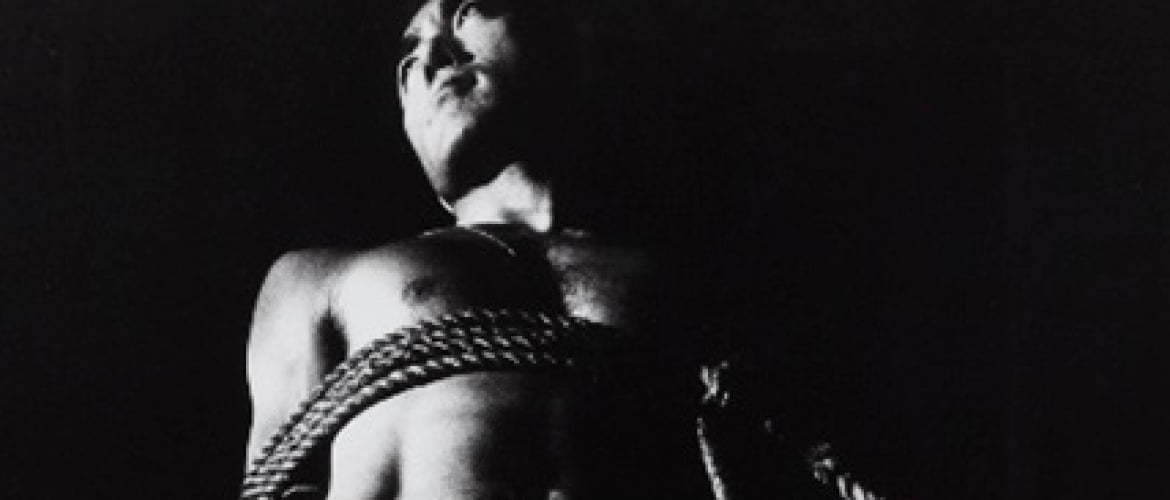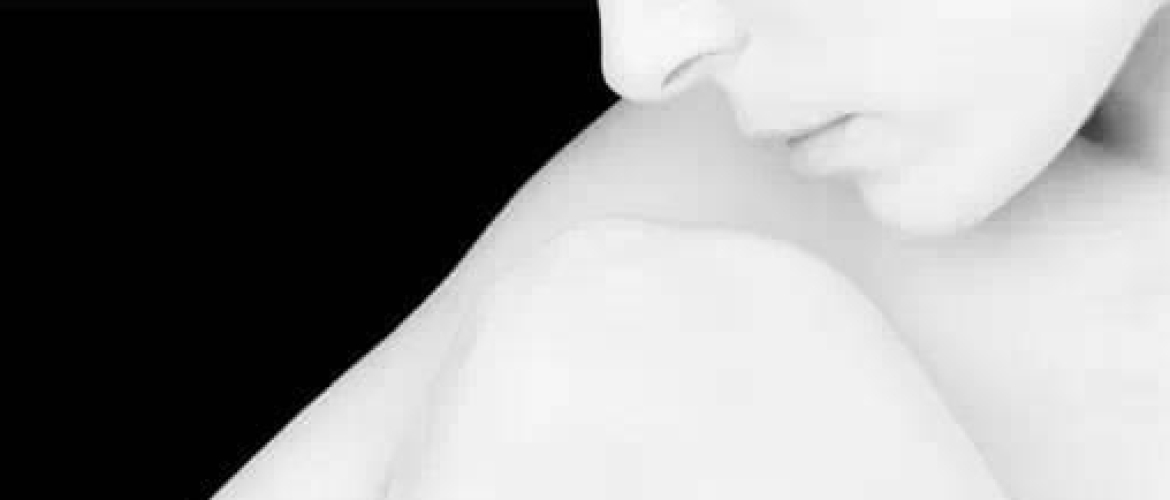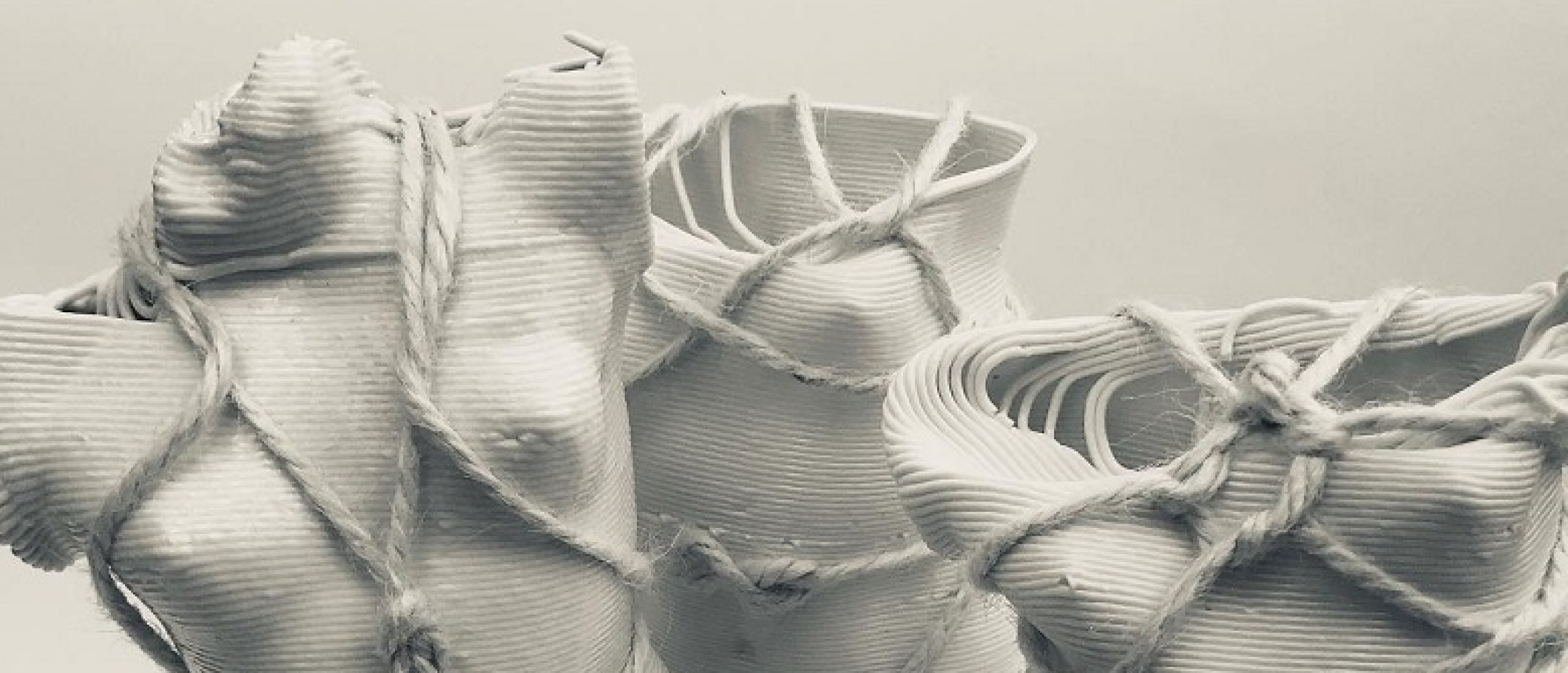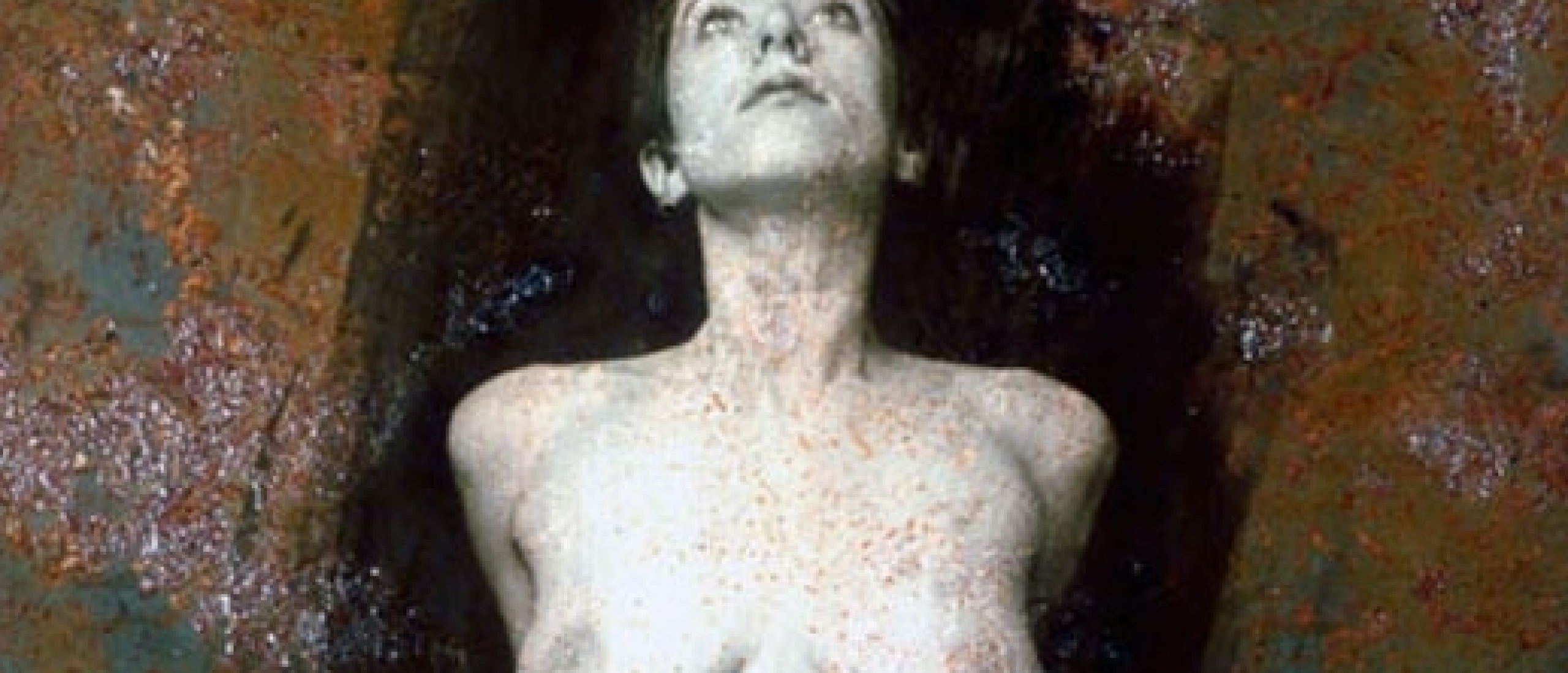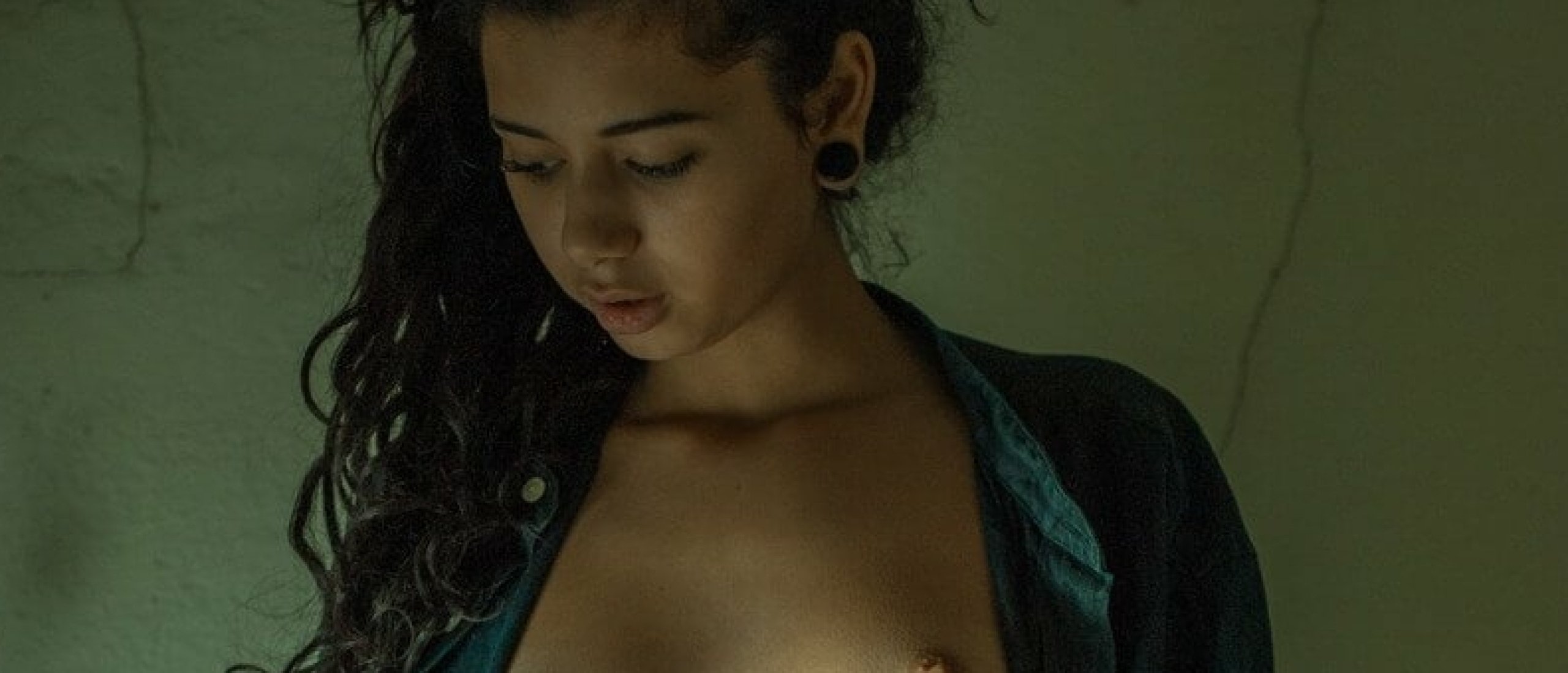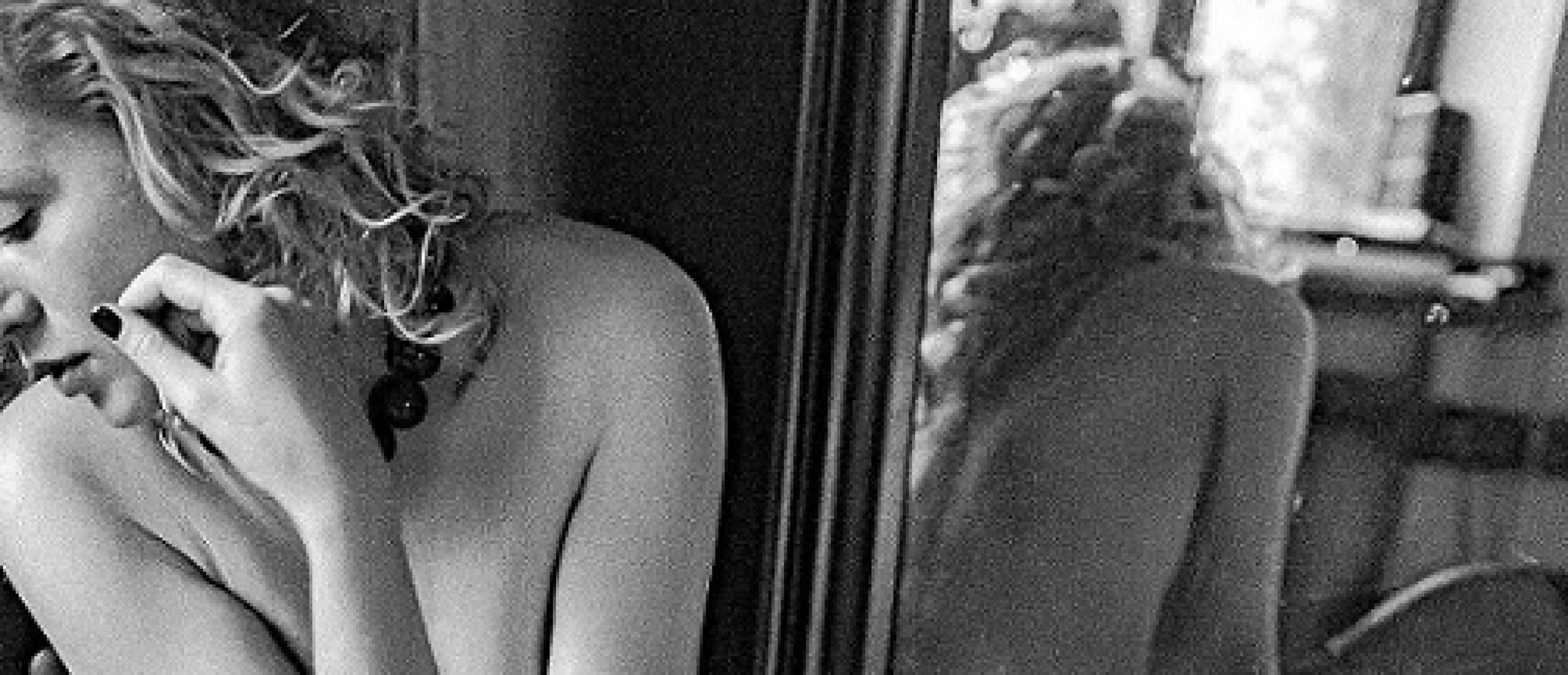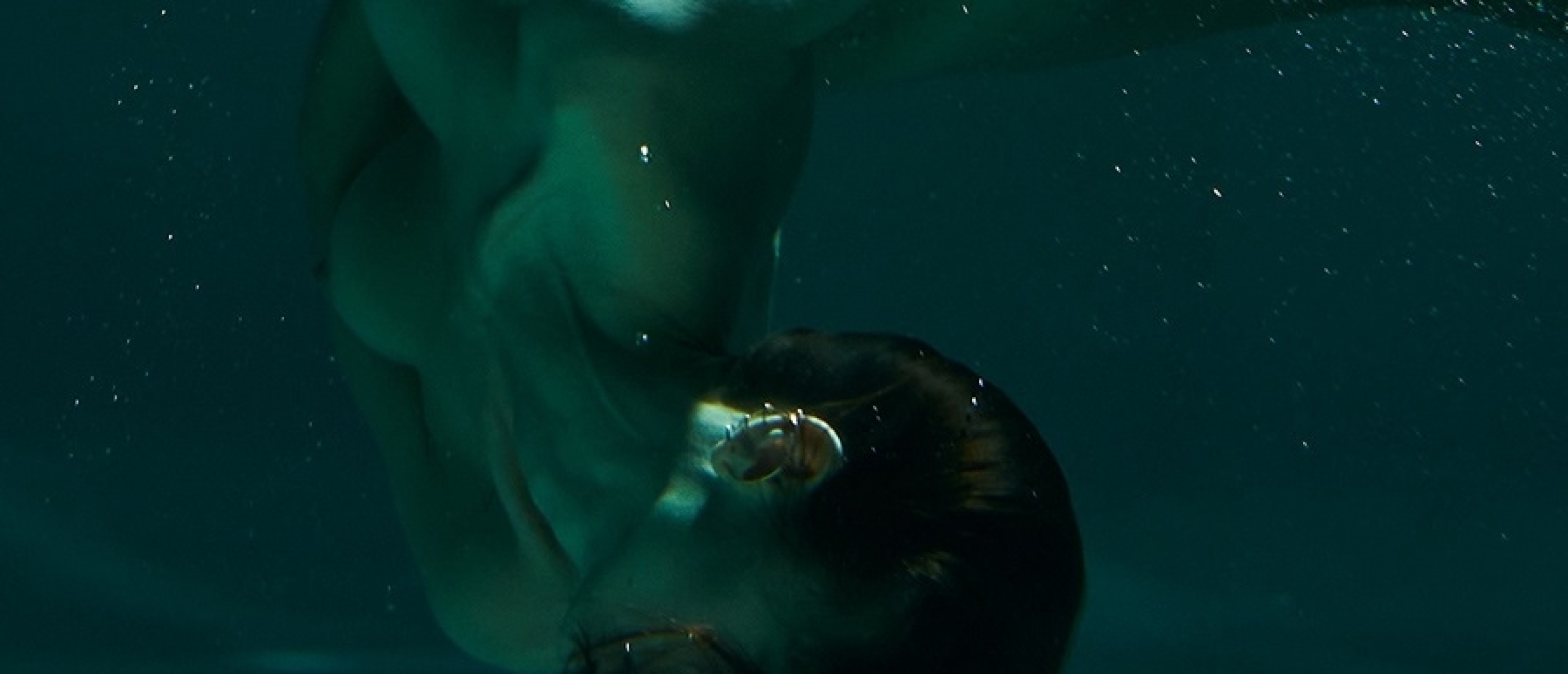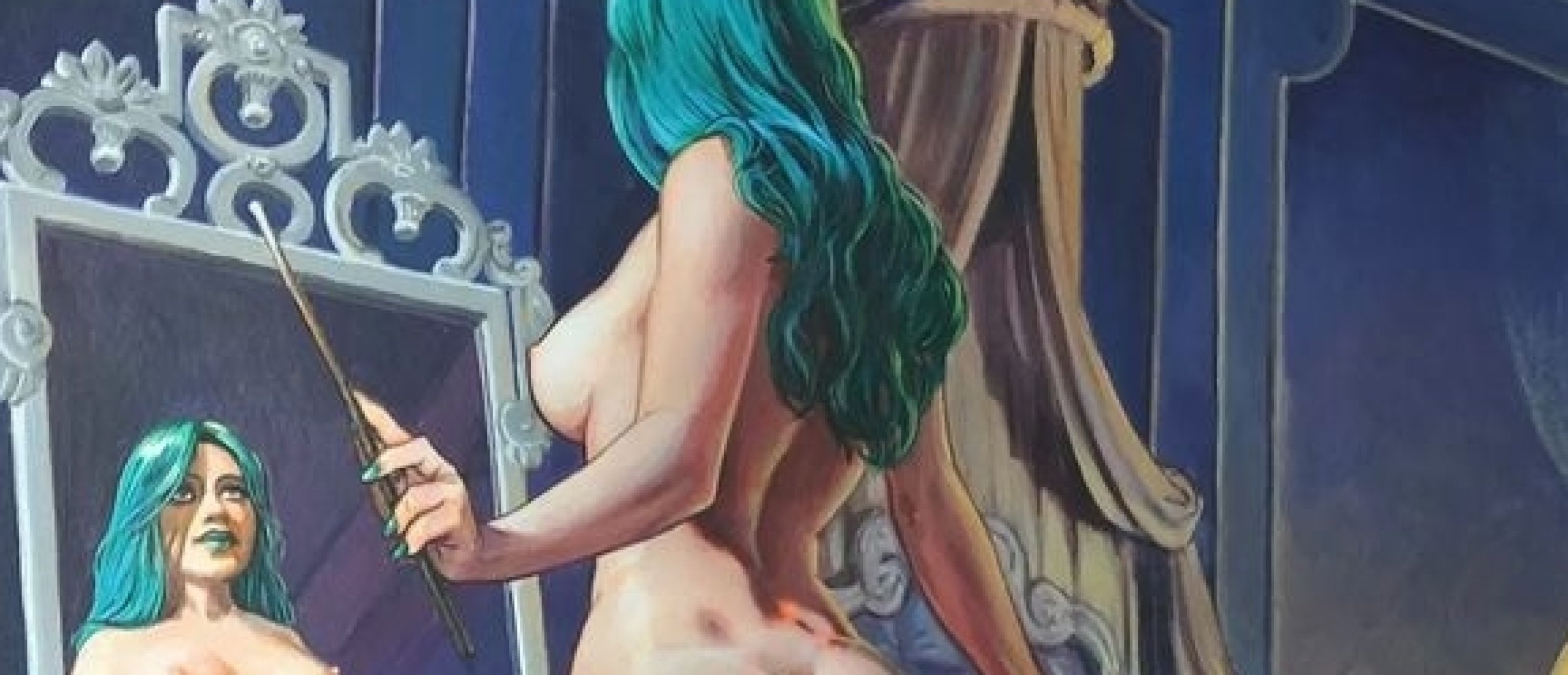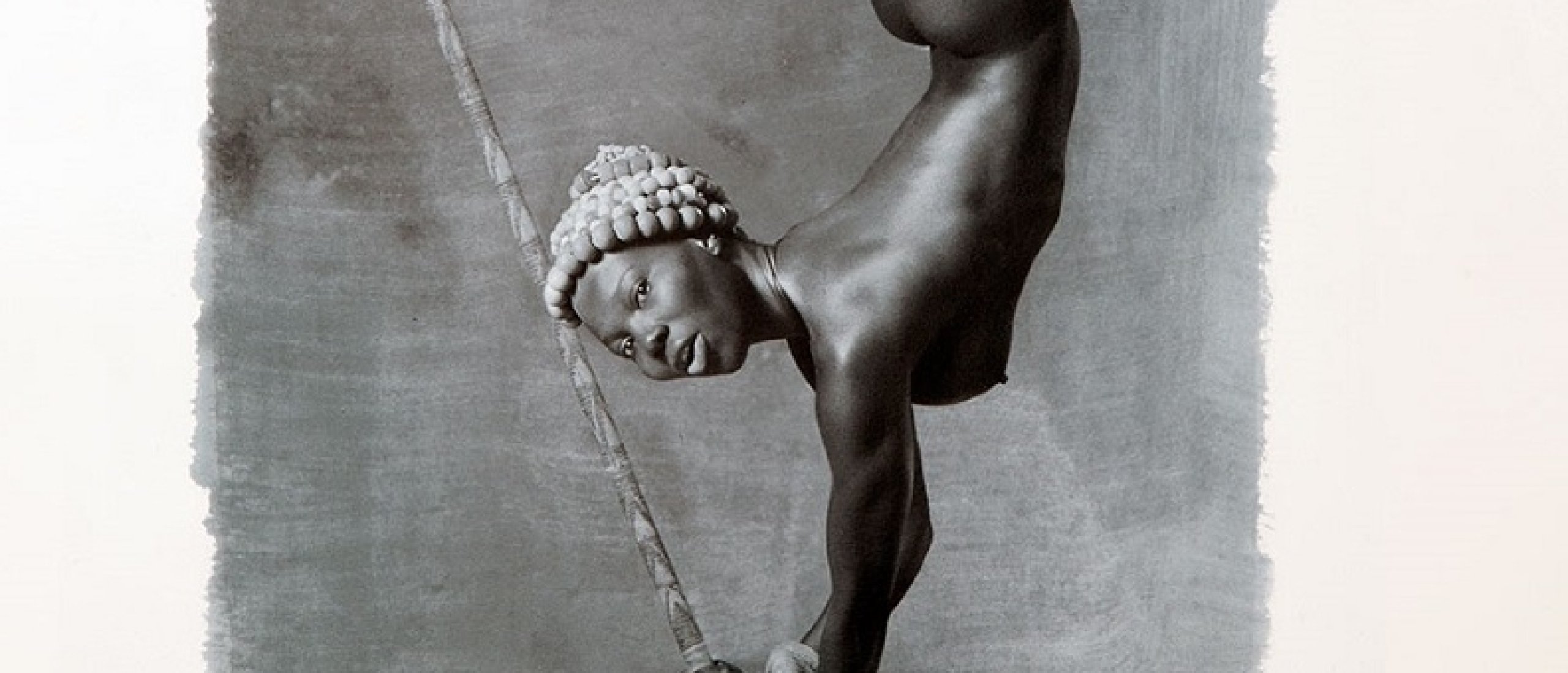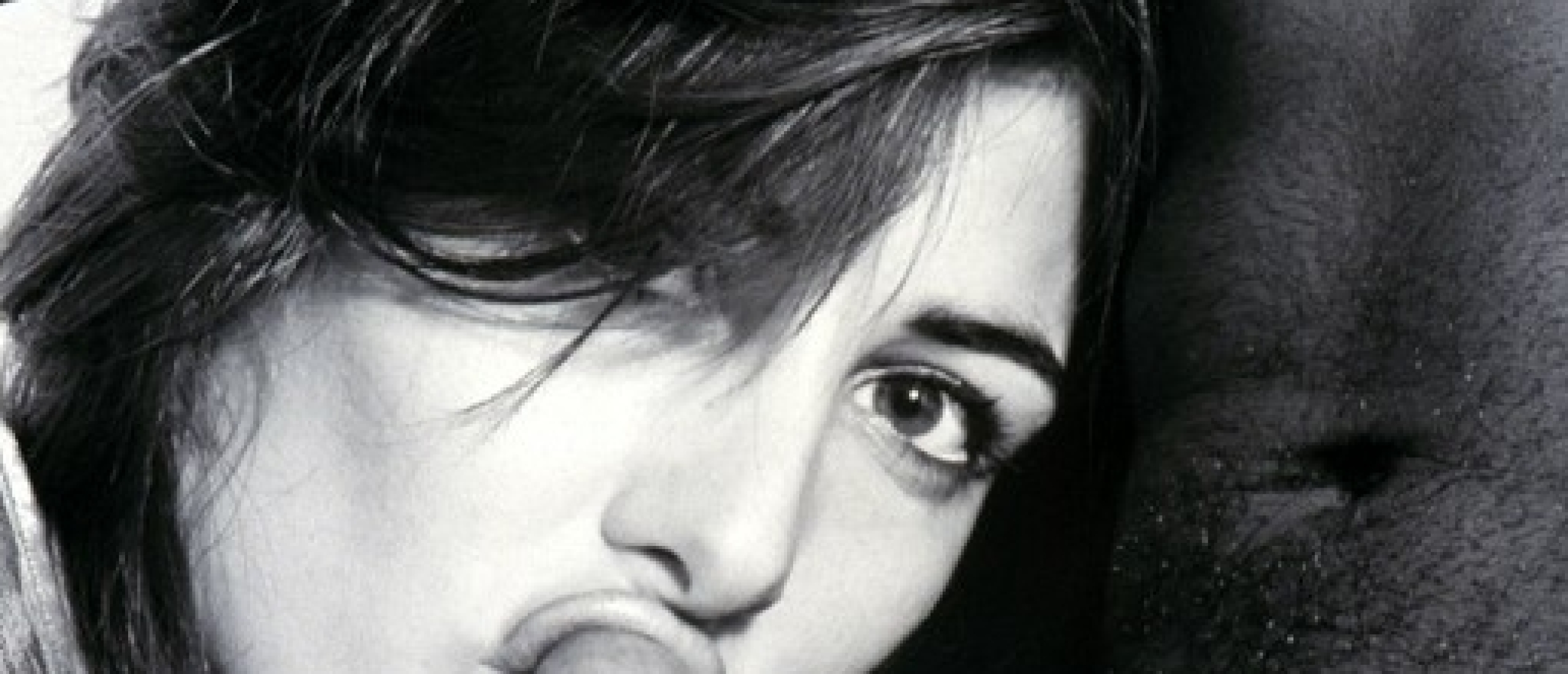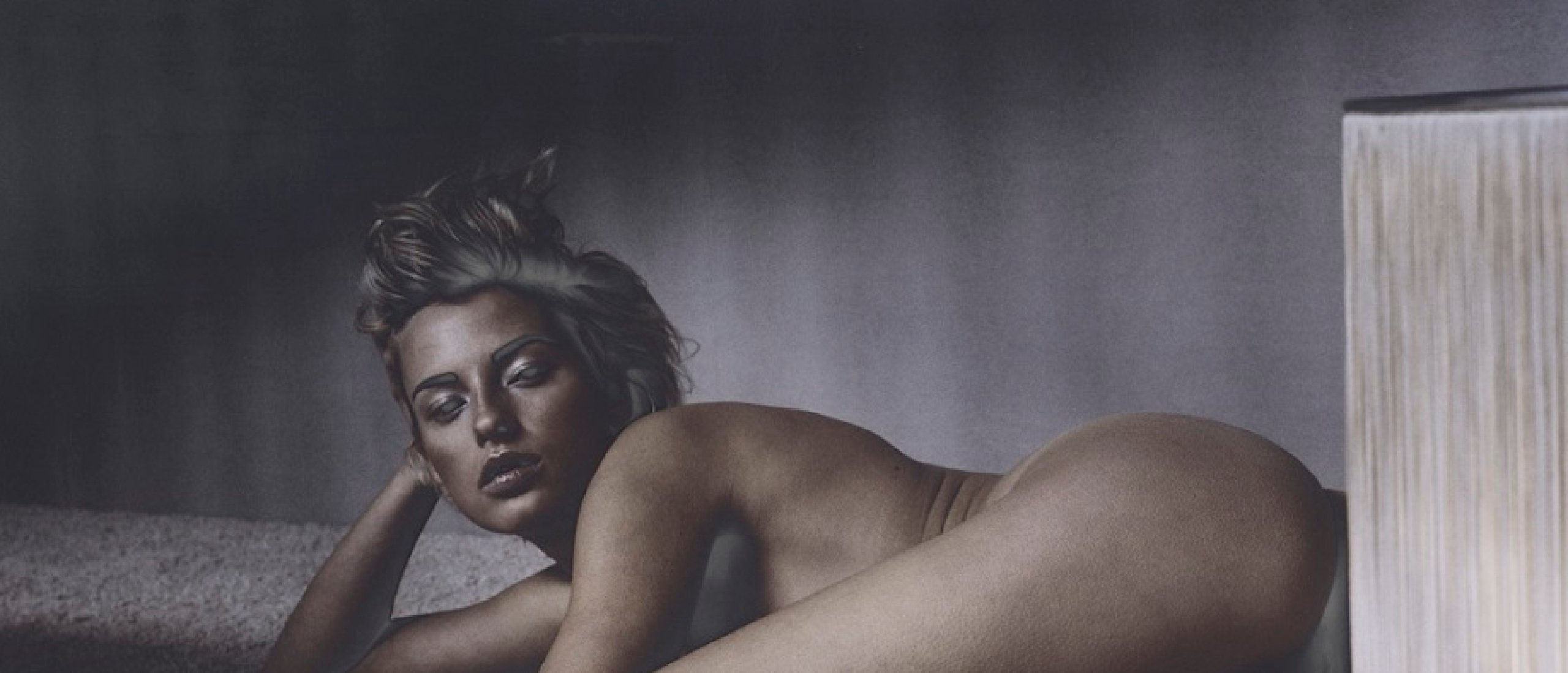
Carsten Witte (b. 1964) is an artist who contributes to a number of worldwide-known magazines like Vogue, Spiegel, GQ, Harper's Bazaar, Stern, and Elle. The most precise definition of this photographer will be "a fashion photographer among avant-garde artists and an avant-garde artist among the fashion photographers."
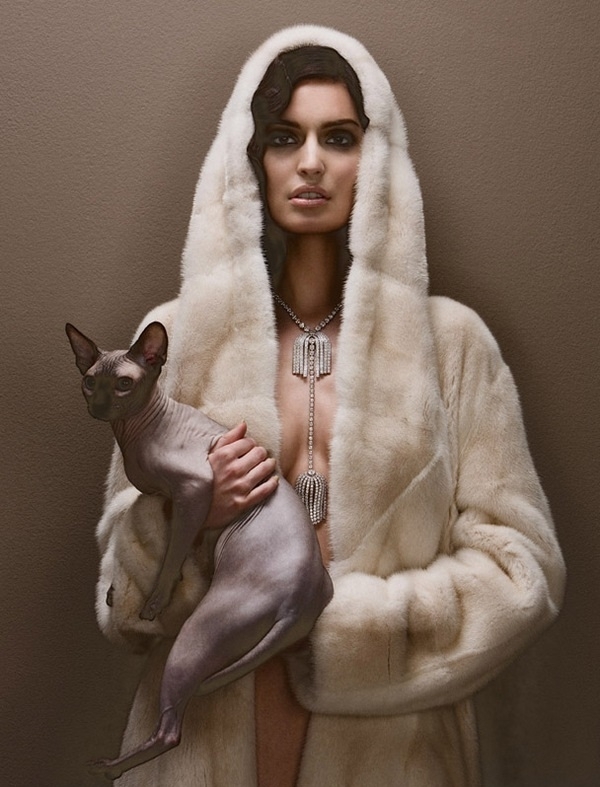
Fig. 1. Diamonds are girls’ best friends (carstenwitte.myportfolio.com)
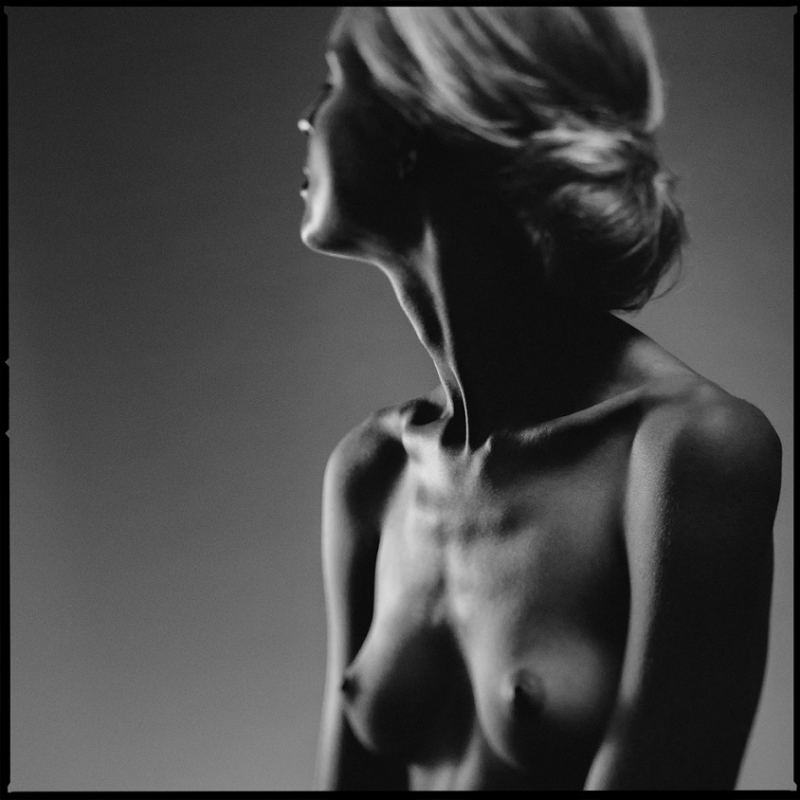
Fig. 2. Square Nudes (carstenwitte.myportfolio.com)
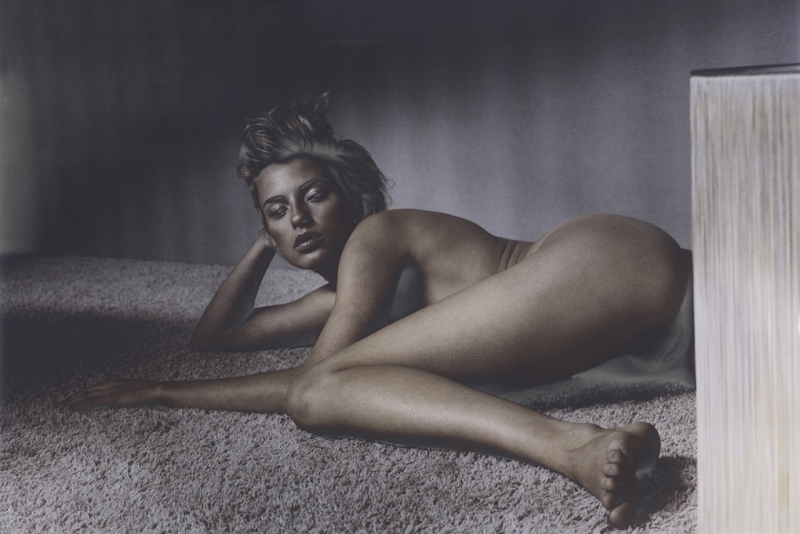
Fig. 3. Gold (carstenwitte.myportfolio.com)
Painter In A Darkroom
Carsten Witte was born in Hamburg. He is often described as fascinated by female beauty. Some sources even claim that he became a "priest of beauty" at three years, watching women who passed him by on the street when he walked down with his mother. In one of his interviews, Witte said that he initially wanted to become a painter but realized he lacked the skill to create a "realistic look" (ronniespirit.com). He studied at the Bielefeld University of Applied Sciences and was an assistant to the German photographer Alfred Steffen. In 1989, Witte opened his own studio and started working as a freelancer. Besides contributing to magazines, he did photo-shoots for several advertising campaigns and took part in the production of the video for When Doves Cry by Alex Clare.
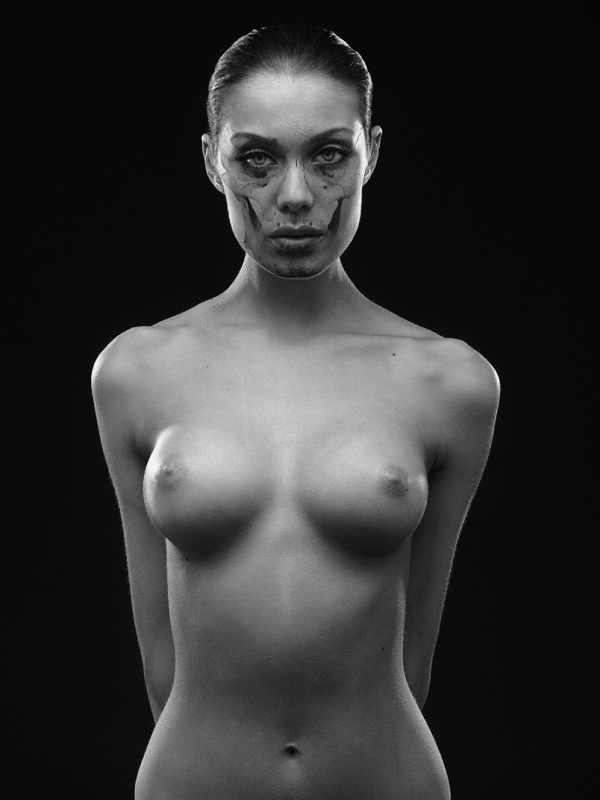
Fig. 4. Intuition (carstenwitte.myportfolio.com)

Fig. 5. Square Nudes (carstenwitte.myportfolio.com)
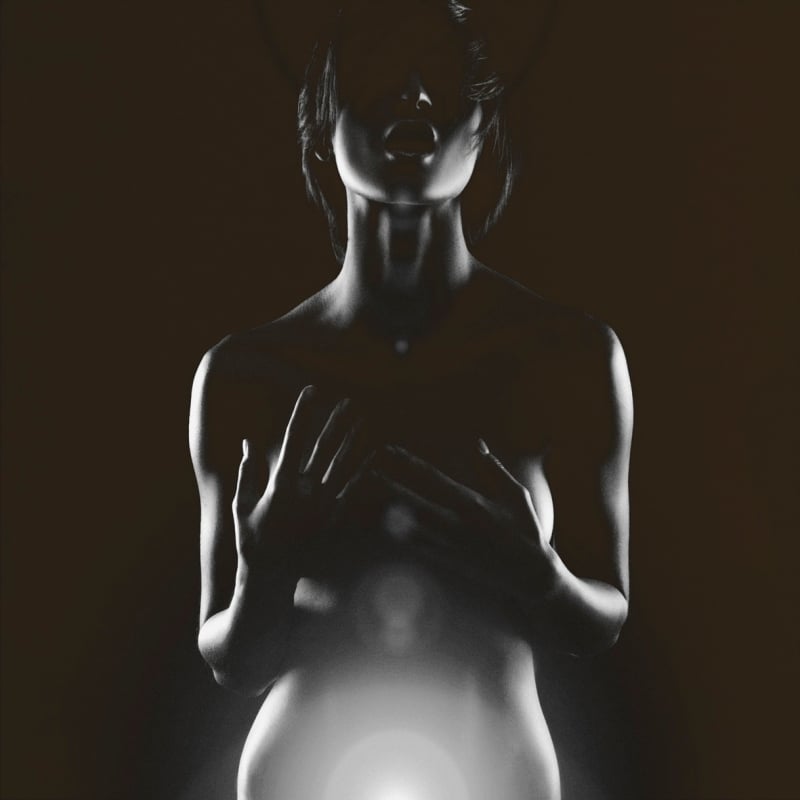
Fig. 6. Square Nudes (carstenwitte.myportfolio.com)
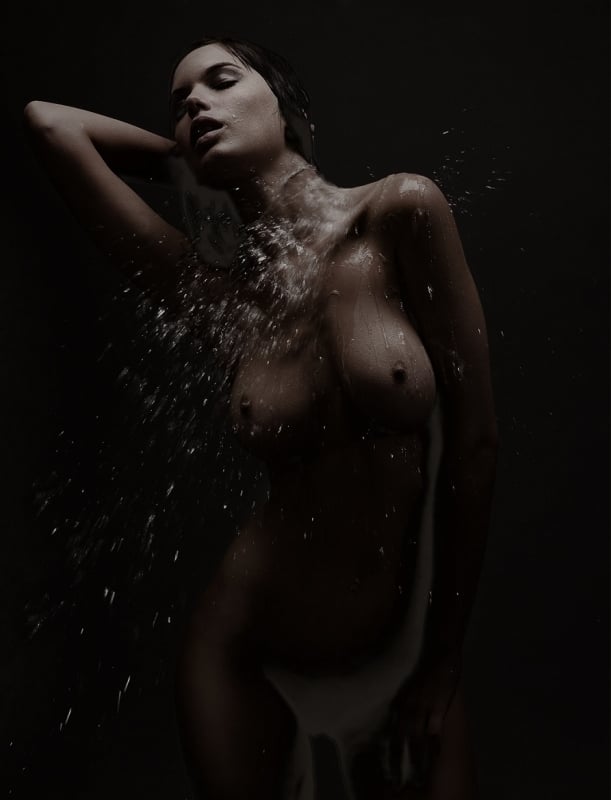
Fig. 7. carstenwitte.myportfolio.com
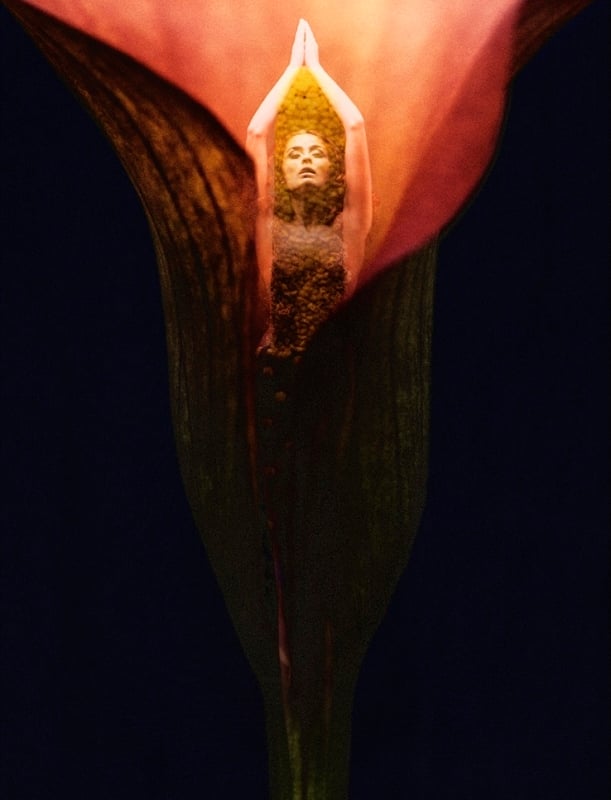
Fig. 8. Dressed Up By Nature (carstenwitte.myportfolio.com)
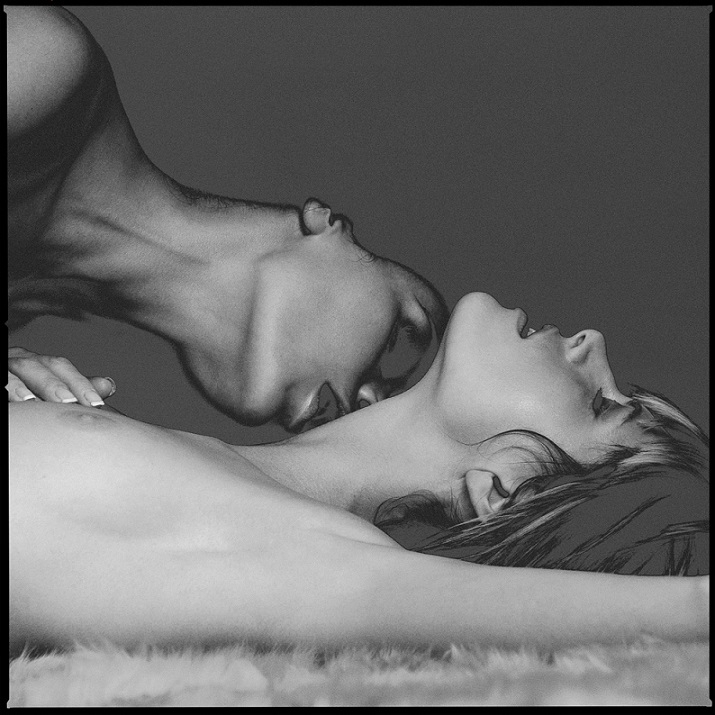
Fig. 9. Square Nudes (carstenwitte.myportfolio.com)
In The Eye Of The Beholder
Witte's thesis about a "realistic look" is one we can reflect upon. What I mean is the question of whether his models are real enough to have a look he always wanted to produce. A telling detail here is Witte's participation in advertising projects where the subject is usually anything but real. Another detail is that Witte most frequently works in his studio. Among his sources of inspiration, the artist mentions photojournalist Ernst Haas (1921-1986), who traveled around the globe. It's a rhetorical question, whose works, those by Witte or by Haans, we can classify as "realistic." Witte's adherence to beauty historically and conceptually refers to pictorialism, an aesthetic movement that opposed itself to the documentation of reality. Pictorialism stems from the attempts of photographers to imitate the works of painters, so the result was a painting with a, so to say, "more realistic look." Witte's initial impulse to be a painter seems to prove our notion. His nudes are pictorialism that acquired some avant-garde methods such as solarization, which was often used by Man Ray. Yet when it comes to architecture, things get reversed, and Witte manifests himself as a true avant-garde artist (fig. 31-35 See Premium).
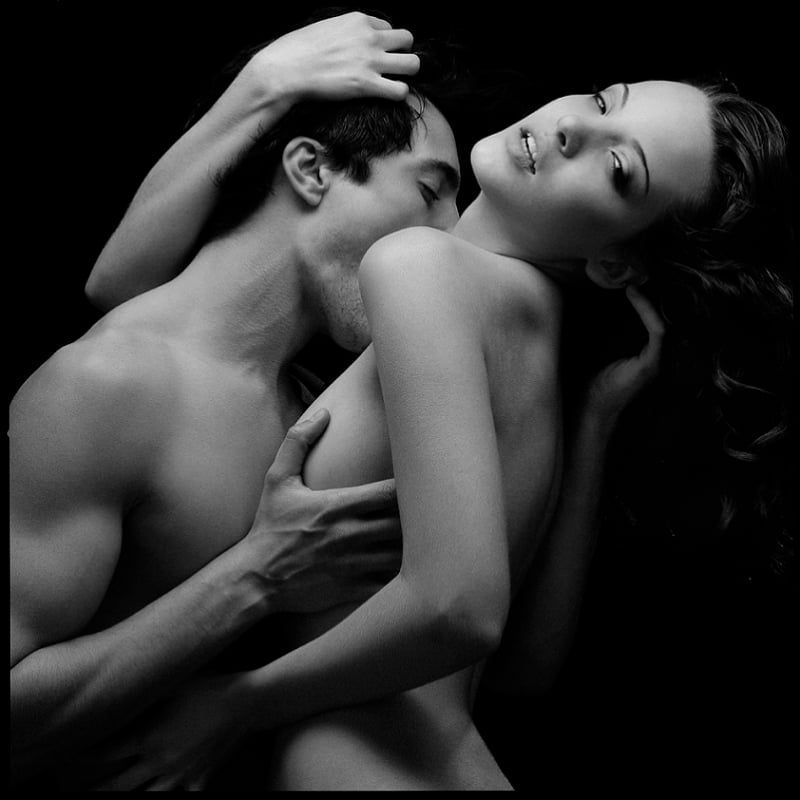
Fig. 10. Embrace (carstenwitte.myportfolio.com)
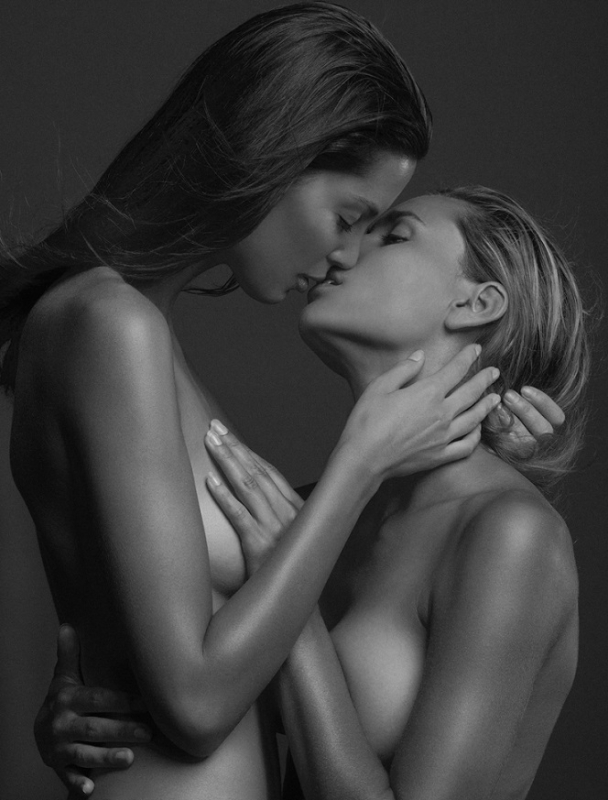
Fig. 11. Embrace (carstenwitte.myportfolio.com)
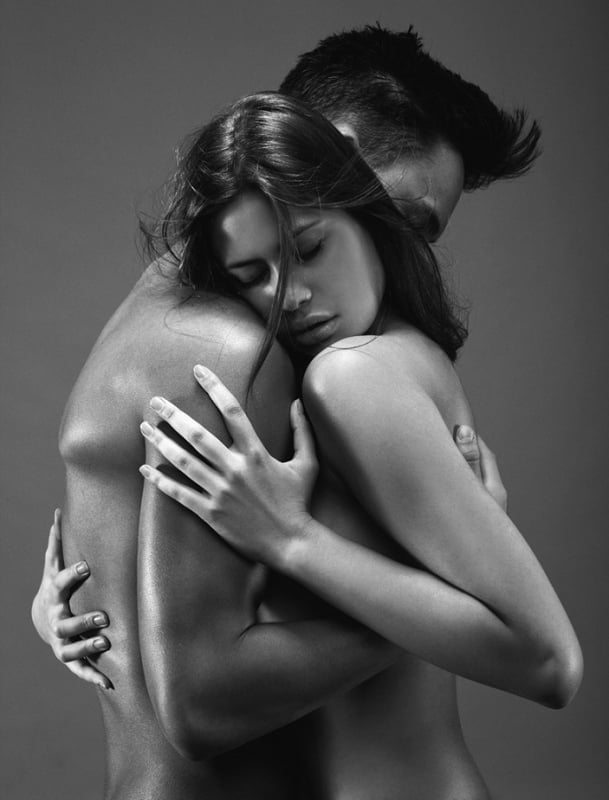
Fig. 12. Embrace (carstenwitte.myportfolio.com)
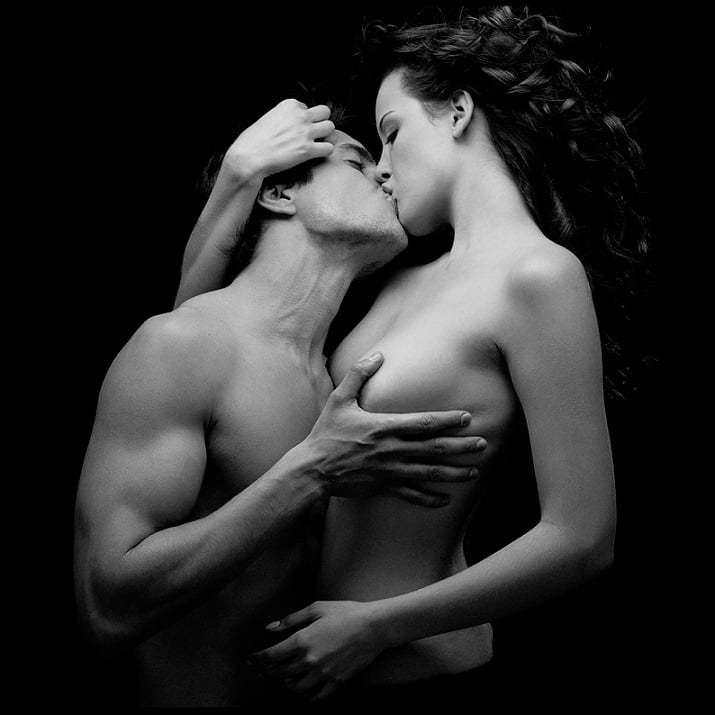
Fig. 13. Embrace (carstenwitte.myportfolio.com)
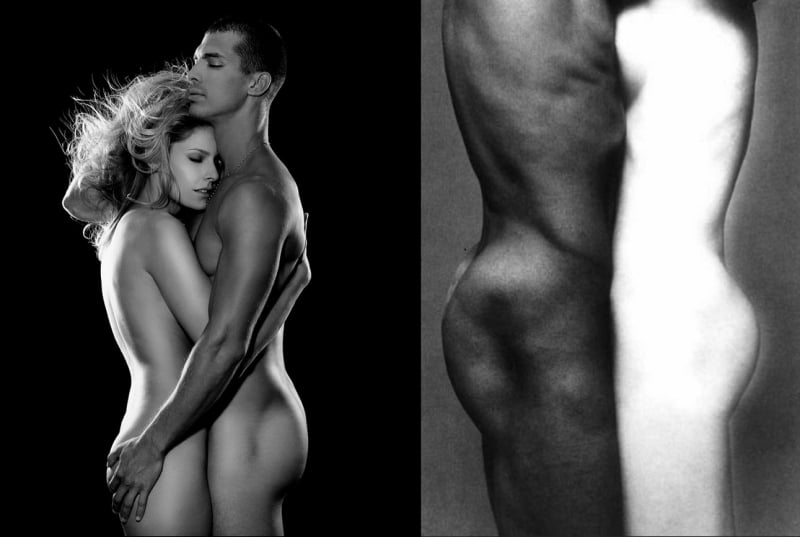
Fig. 14. Left: Carsten Witte, Embrace; right: Embrace by Eikoh Hosoe, 1971
Continue reading in Premium and discover much more of Witte's sensual photographs and more background on his Diptychs series and depictions of Iberian architecture.
Click HERE for an article on the aesthetics of the interaction of male and female bodies in works of Eikoh Hosoe
Sources: carstenwitte.myportfolio.com; ronniespirit.com

